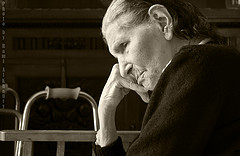 Our San Francisco and Oakland elder abuse law firm has been working for years to raise public awareness of the problem of elder abuse. We are proud of this work and believe it is essential to preventing and addressing the mistreatment of our seniors, but we know our voice is not enough on its own. Often, campaigns for socio-political change need to have a big name celebrity who helps draw the fame-crazed public’s attention to a serious and important matter. In March 2011, Mickey Rooney took on this role, talking about his first-hand experience as a victim of elder abuse. This bravery helped move the fight against the abuse of seniors ahead, but there is still much that needs to be done.
Our San Francisco and Oakland elder abuse law firm has been working for years to raise public awareness of the problem of elder abuse. We are proud of this work and believe it is essential to preventing and addressing the mistreatment of our seniors, but we know our voice is not enough on its own. Often, campaigns for socio-political change need to have a big name celebrity who helps draw the fame-crazed public’s attention to a serious and important matter. In March 2011, Mickey Rooney took on this role, talking about his first-hand experience as a victim of elder abuse. This bravery helped move the fight against the abuse of seniors ahead, but there is still much that needs to be done.
Actor Mickey Rooney Tells His Story in 2011 U.S. Senate Hearing
CNN covered Rooney’s testimony, given at age 90 before the Senate Special Committee on Aging. According to the actor, a member of his family took control of his life. Rooney said the abuse left him “scared, disappointed, yes, and angry,” noting that no one ever expects to become a victim of elder abuse. He spoke of suffering the abuse in silent, fearing the problems it might create in the family. In addition to the initial difficulty in mustering the courage to speak up, he said he was told to be quiet when he did voice his concerns. Eventually, however, Rooney did get help and he filed a restraining order against two step-children, claiming financial and emotional abuse.
 San Francisco Injury Lawyer Blog
San Francisco Injury Lawyer Blog













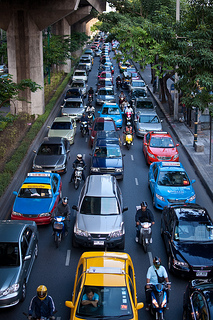 According to the
According to the 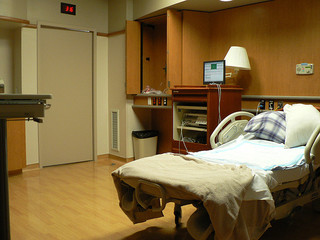 What are Bedsores?
What are Bedsores?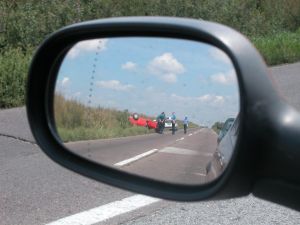 According to
According to 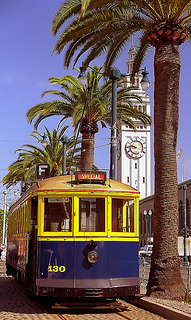 An article in the
An article in the 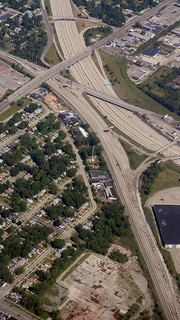 We’ve all known them — The hard-to-navigate curves, the messy merges, the intersections that confuse even the locals. We almost come to expect to see the aftermath of an accident on these
We’ve all known them — The hard-to-navigate curves, the messy merges, the intersections that confuse even the locals. We almost come to expect to see the aftermath of an accident on these